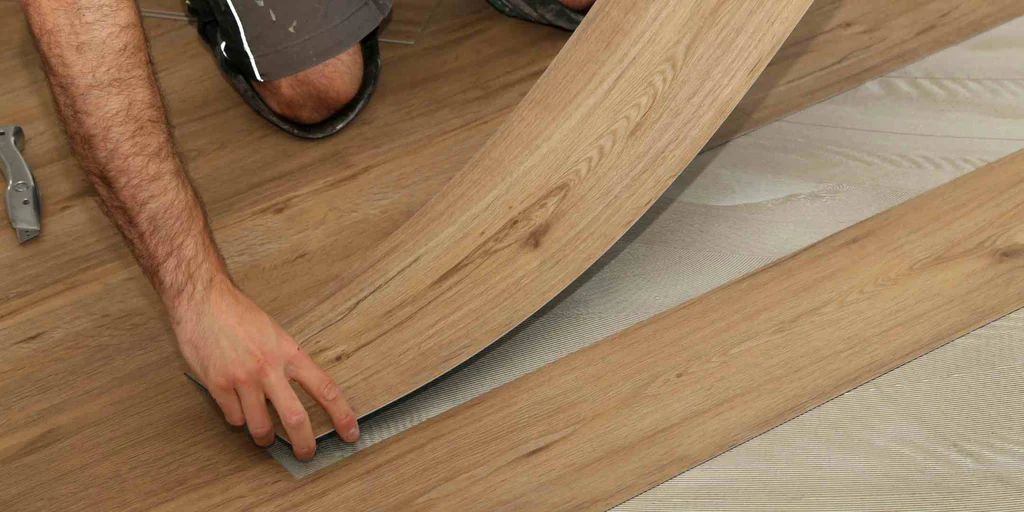Area rugs are powerful decorative tools that add style, warmth, and comfort to any room. From defining living space boundaries to protecting wood or carpet flooring from spills or wear and tear – finding the ideal rug can make all the difference in a room’s decor.
But selecting the perfect rug requires more than simply eyeballing it; there are a few important considerations you need to keep in mind when making this important purchase.
Size
Size matters when it comes to area rugs – choosing the appropriate size has been perfected over many decades by interior designers.
As a rule of thumb, your seating area furniture should sit fully on top of the rug, with accent chairs having their front legs resting on it too for optimal results. This creates an easier transition between furniture and rug.
Color is also an integral factor when selecting an area rug, as its hue can add depth and dimension to a space, or provide an eye-catching focal point in a more neutral environment. Once you have measured and planned for your furniture arrangement, shopping for an appropriate area rug can begin!
Shape
Area rugs come in all shapes and sizes, so when choosing your rug it is important to think about its intended use before purchasing one. Ideally seating area furniture should fit on top of it either fully or at least half way. In tight spaces it may only be practical to put front legs of furniture on the rug with back legs resting on the floor.
Interior designer Liz MacPhail suggests using blue painter’s tape to mark out standard rug sizes in your space before committing. Of course, rules can always be broken, especially when it comes to area rugs – they add character and charm!
Material
Area rugs add color, texture and comfort to any space while unifying furnishings placed upon them. While they don’t need to match every hue in a room’s palette of tones and textures exactly, area rugs should work within it to bring balance and harmony.
Select a rug material that complements the aesthetic of the room you are designing, such as wool for its soft yet durable feel and stain- and dirt-resistance. A wool rug will still look good after years of use!
Consider your room’s size. A large rug in a small space may appear out of proportion and shrink it even more, while an undersized one could make the room seem larger than it actually is. On the contrary, too large an area rug could overwhelm and displace space within it.
Color
Color is one of the most visible ways an area rug can transform a room, yet choosing it can be daunting. Consider your lifestyle when selecting an area rug hue: how much traffic your rug may see; whether or not there are children or pets present; if entertaining frequently is part of your routine; etc.
Your rug should complement the colors of the furniture in your space, but that does not have to mean matching exactly. Contrasting colors can often look better. Additionally, selecting one with unique textures can add even more visual interest and depth.
Pattern
Utilizing a rug to make an impressionful statement can be tricky. There are two approaches you could take when it comes to selecting the ideal piece: either mirroring its shape to blend in seamlessly, or opting for one that stands out with its unique pattern and shape.
To make an impressionful statement in any room, select a patterned rug that adds character. Next, opt for one in solid or darker shade so it will hide footprints better and won’t show as much dirt between cleanings.
For smaller rooms, designers often advise placing only the front legs of furniture on a rug and leaving their back legs off of it, to create more of a defined seating area and eliminate the risk of becoming an undisguised wall-to-wall carpet.





